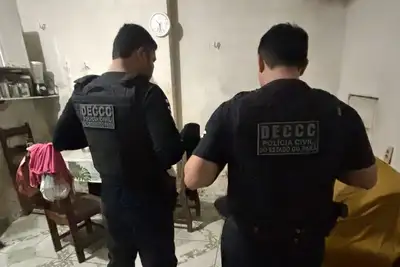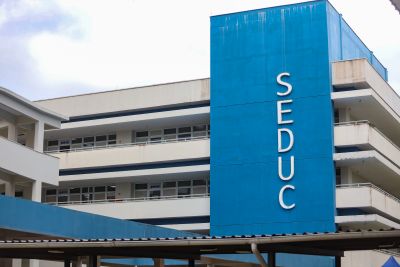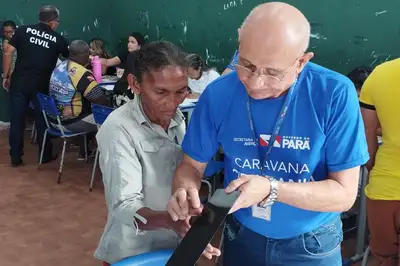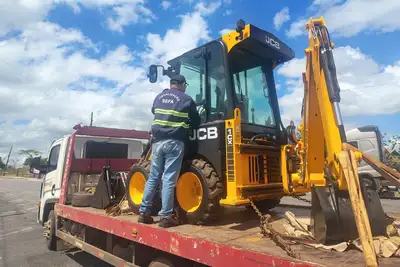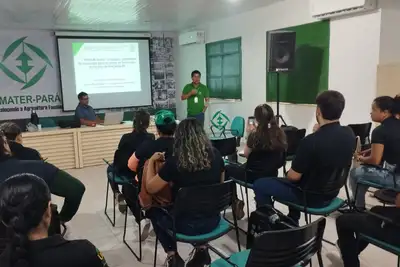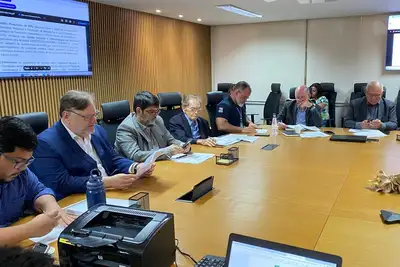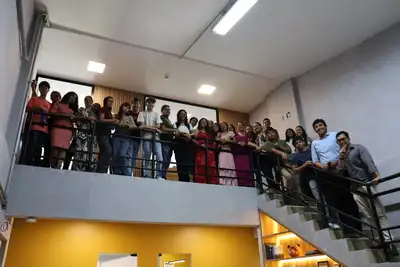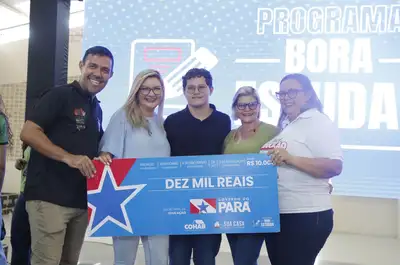New Orion Nina Ribeiro Hatchery Station Already Generates Benefits for Fish Farmers
The state executed the reconstruction, and the unit gained expanded laboratories and is now more modern to promote the economic activity with fish.
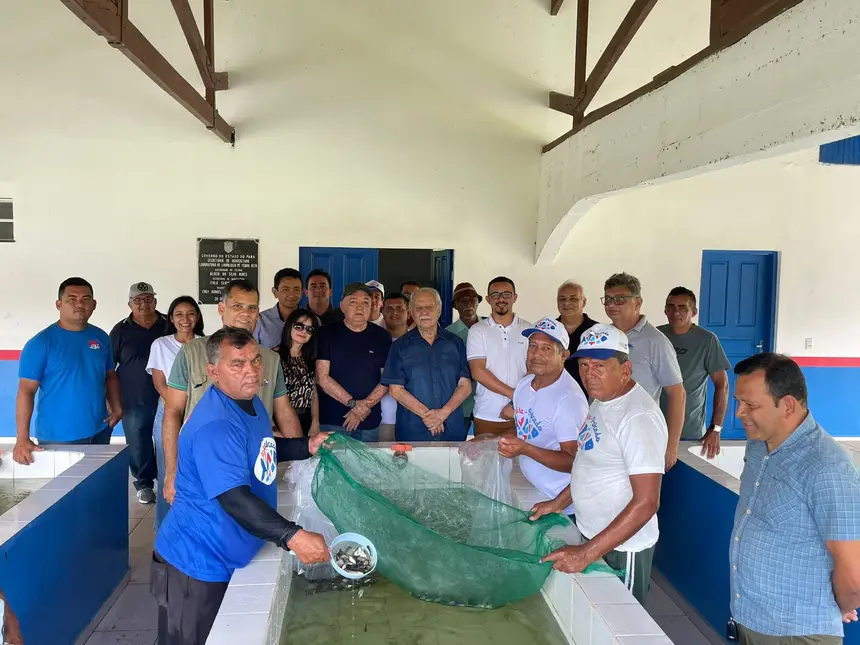
A greater dynamism in production and the 35% growth of aquaculture in Pará over the last two years are some of the results already recorded with the reconstruction of the Orion Nina Ribeiro Breeding and Hatchery Station, located at the Agricultural Unit of Terra Alta (Uagro), in northeastern Pará.
After more than 40 years of existence, it was the first time the space underwent reconstruction. Managed by the Secretary of Agricultural Development and Fishing (Sedap), Uagro's main objective is to support local production, especially in northeastern Pará, and provide inputs to communities.
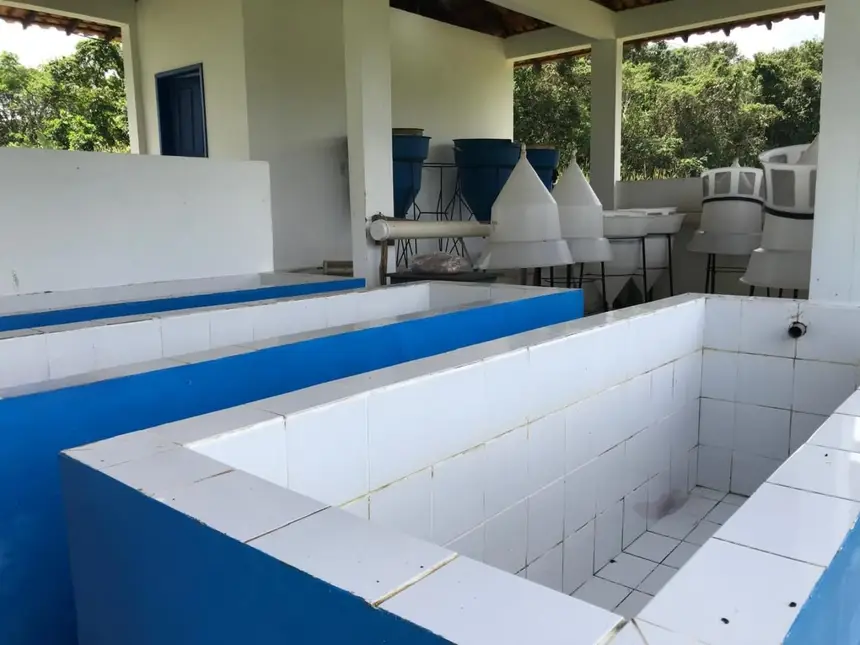
This month, as part of the results of the work carried out at the Nina Orion Ribeiro station, 150,000 fingerlings were distributed to five municipalities, benefiting nearly 100 fish farmers. The action was also accompanied by the Sedap Regional team from Castanhal, whose area of coverage also includes the municipality of Terra Alta.
Uagro needed to be adapted to new technologies and more functional facilities, as explained by Sedap's aquaculture coordinator, fishing engineer Alan Pragana. The existing laboratories were modernized, and a new one for the reproduction of tropical fish was installed.
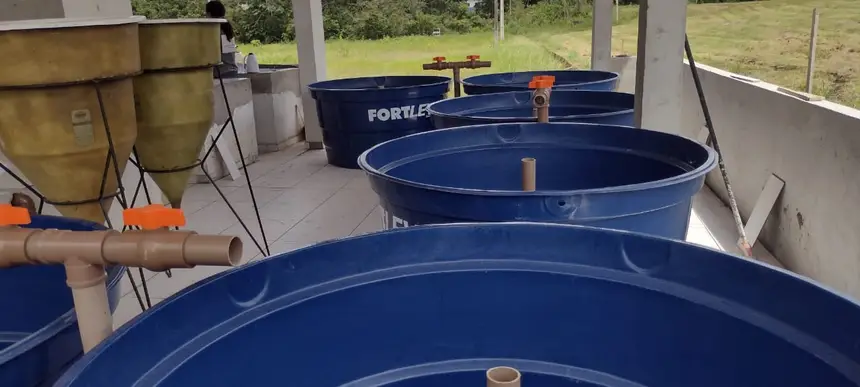
The unit gained the installation of modern equipment. The construction of 15 earthen ponds for the maintenance and rearing of tropical fish fingerlings was also part of the works. There was also the reconstruction of the concrete tanks, enabling research work at the Station.
“This resulted in greater production dynamism and also in better conditions for training students, technical staff, and anyone else interested; we have even received a delegation from the State of Amapá to learn from us, to exchange experiences about this restructuring that was done here,” noted Pragana.
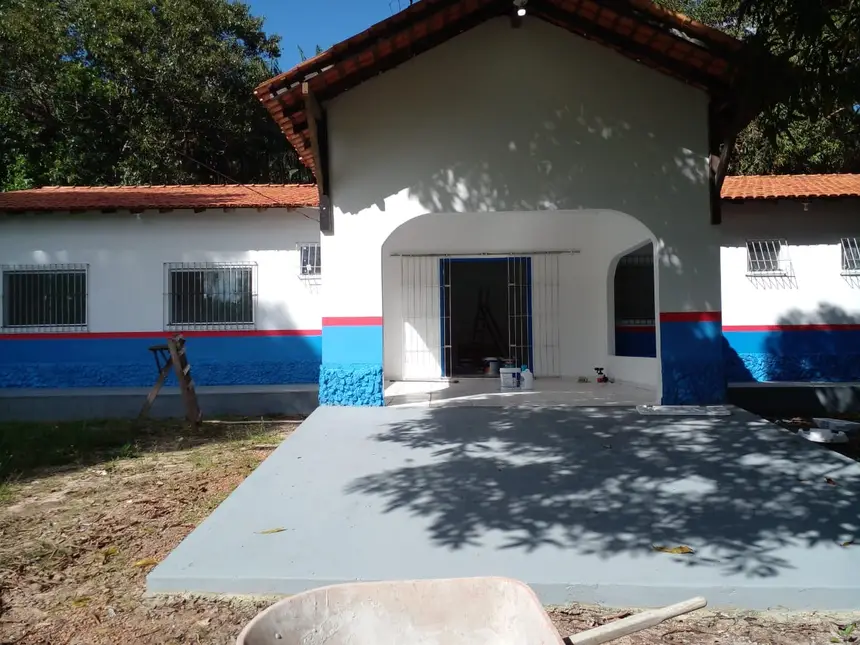
Commitment - The works at Uagro, especially at the Hatchery Station, were commitments of Governor Helder Barbalho, who at the beginning of his first year in office visited the space and noted the state of abandonment it was in at that time. The head of the executive signed a Service Order in February 2022 for the reconstruction of the Orion Nina Ribeiro Station.
On that occasion, the governor highlighted the need for investment in functional structures that contribute to economic development and expressed satisfaction in once again valuing the natural vocation of the municipalities as the governor of the State.
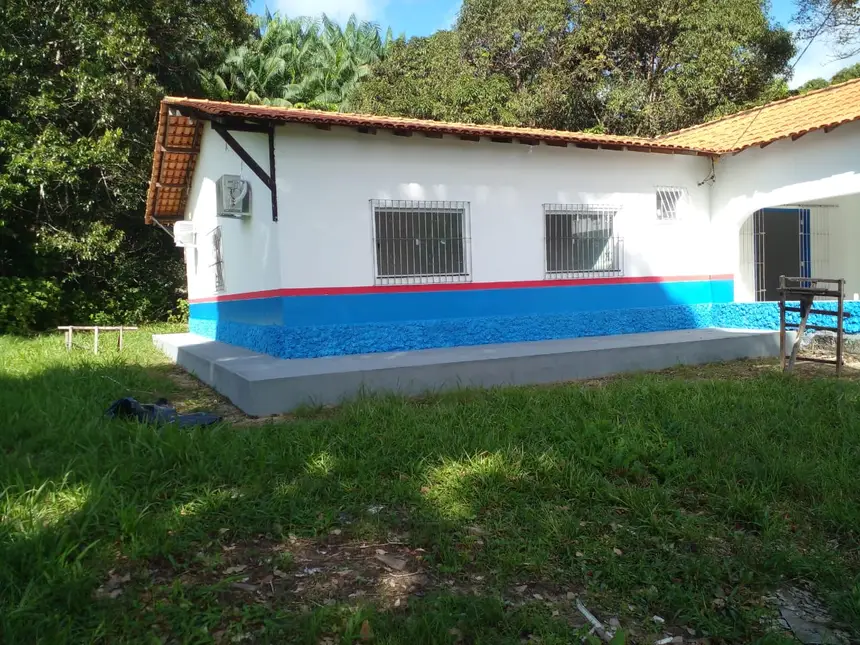
“The governor has been a minister of fishing and aquaculture and had this commitment to advance the aquaculture stations – both here, with this restructuring - and the one in Santarém (in Baixo Amazonas) which has already been reconstructed. They are now equipped with new technologies and capable of cultivating more species; we are constantly looking to improve,” emphasized the aquaculture coordinator of Sedap, fishing engineer Alan Pragana.
The results of the investments in improvements made at Uagro are evident. “Pará has grown 35% in state aquaculture production in the last two years, also a result of these benefits that were built by the State Government,” highlighted Alan.
Partnerships - Secretary of Agricultural Development, Giovanni Queiroz, who visited Uagro last week, once again checked the results of the restructuring work up close. He announced plans to further dynamize the space and the need to maintain the work, such as clearing the weeds and maintaining fruit-bearing species. 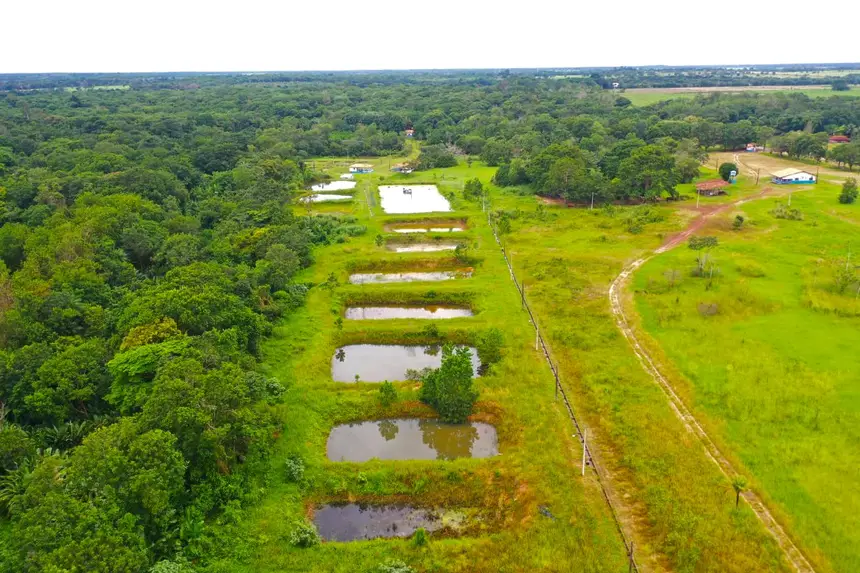
“We have several tanks here, a perfect reproduction laboratory, and we are already planning to work on production in partnership with the City Hall of Terra Alta, to further stimulate the production of fingerlings; we are providing a space to the municipal agriculture secretary, and we will also make a partnership for the occupation of the fish farming tanks; the city hall could even manage it for the production of school meals,” he predicted.
In partnership with higher education institutions, according to the manager, Sedap intends to install 10 productive arrangements to serve as a model for student training. “We have a large area here and can work with everything from free-range chickens, broilers, or fish as we already have here; we want to expand even more: why not dairy cattle? Or irrigated açaí with care and cocoa with the attention needed to produce three or four thousand kilos per hectare,” projected the Sedap manager.
About Uagro - Uagro in Terra Alta, according to the technical responsible, Márcio Macedo, who is a fishing engineer, has 225 hectares. In addition to housing the fingerling breeding station, Uagro has one hectare of seed bank and develops actions in the agricultural area, producing seedlings mainly of fruit species, to meet the demand of farmers, including açaí.
The Hatchery Station has six pools for distributing fingerlings measuring 80 wide by three long. All of them underwent painting and cleaning. The space gained a new laboratory for fingerling production, and the number of incubators was expanded from eight to 12. In addition to the expansion of the ponds, the roof of the accommodation installed at Uagro (Pousada Tucunaré) and the administrator's house was reconstructed. There was also electrical renovation and urbanization work.
With the reconstruction, the station has the capacity to produce 20 million post-larvae per year, conduct water analysis for small producers, and identify parasites in fish intended for aquaculture and aquarium keeping. The new structure also enables the reproduction of carnivorous species.
The work also involved the limnology building (scientific study of freshwater aquatic environments) for the construction of an administrative unit and the limnology and health laboratory.


